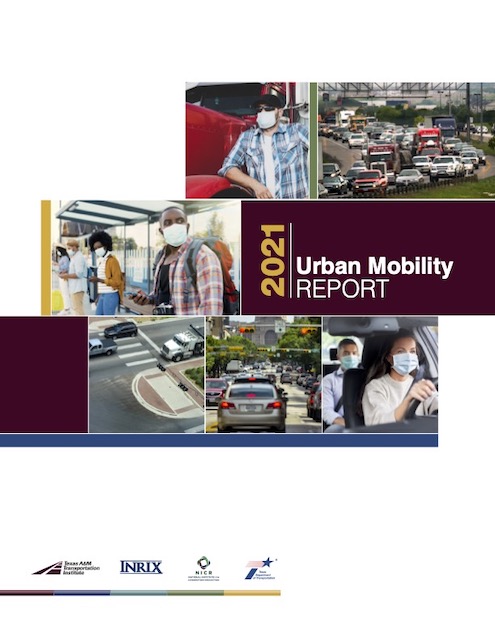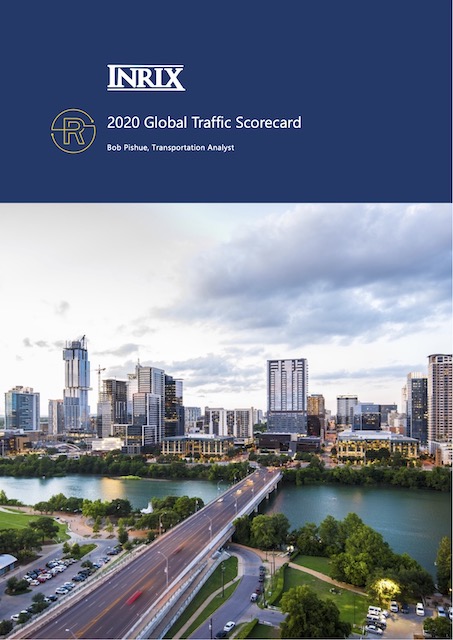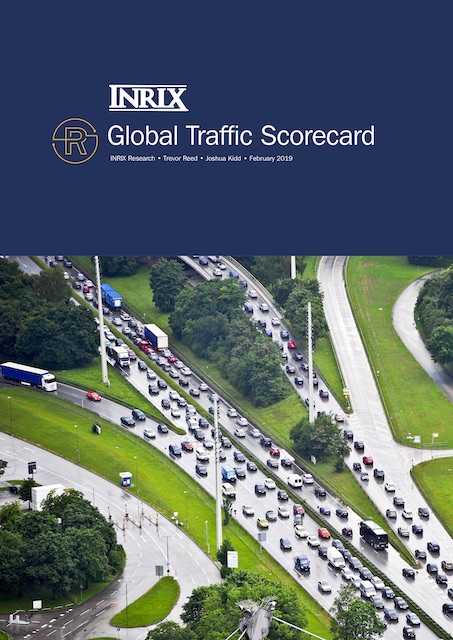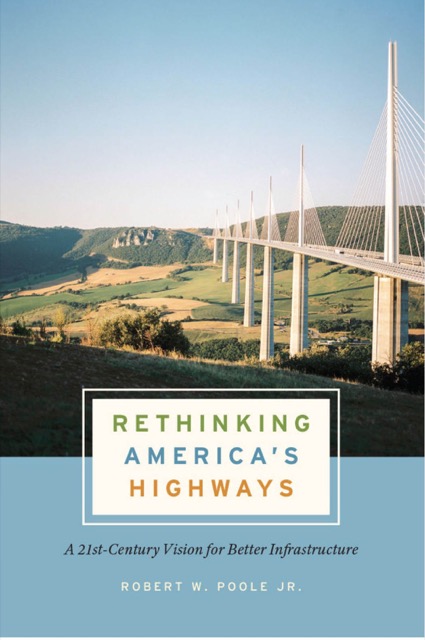In what may be one of the most obvious reports ever, the Texas Transportation Institute has announced that congestion in 2020 was only about half as bad as congestion had been in 2019. The institute used to publish its congestion reports each year, but the 2021 Urban Mobility Report is the first in several years. The last report had data only through 2017, but this one goes through 2020.
 Click image to download a copy of this report.
Click image to download a copy of this report.
The report estimates that congestion cost commuters $190 billion in 2019, declining to $101 billion in 2020. Congestion also cost shippers $172 billion in 2019, falling to $95 billion in 2020. While these are interesting, if somewhat incomprehensible, numbers, the report doesn’t provide a lot of guidance about what to expect in the future. Continue reading










